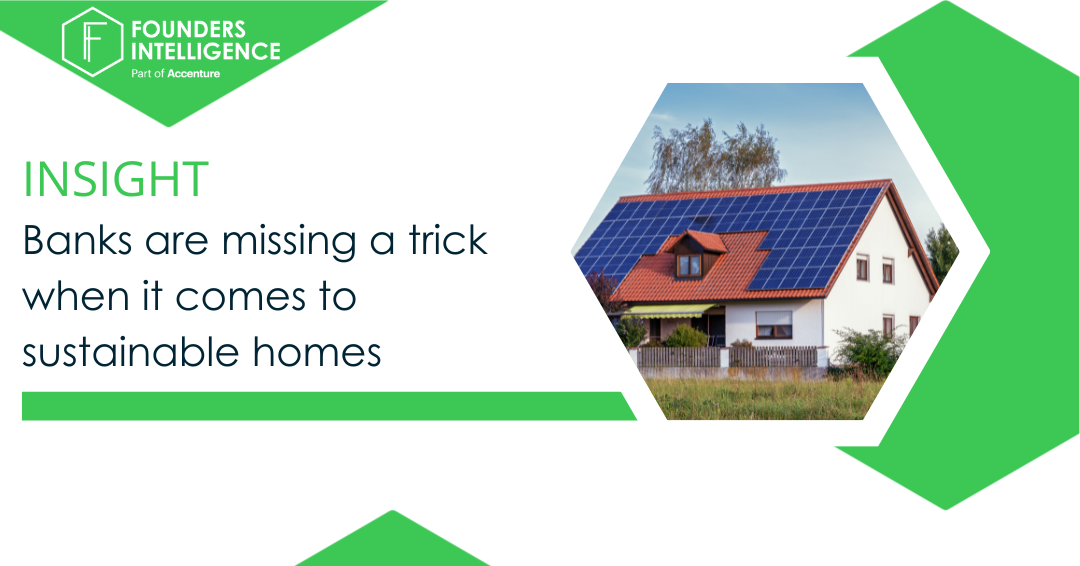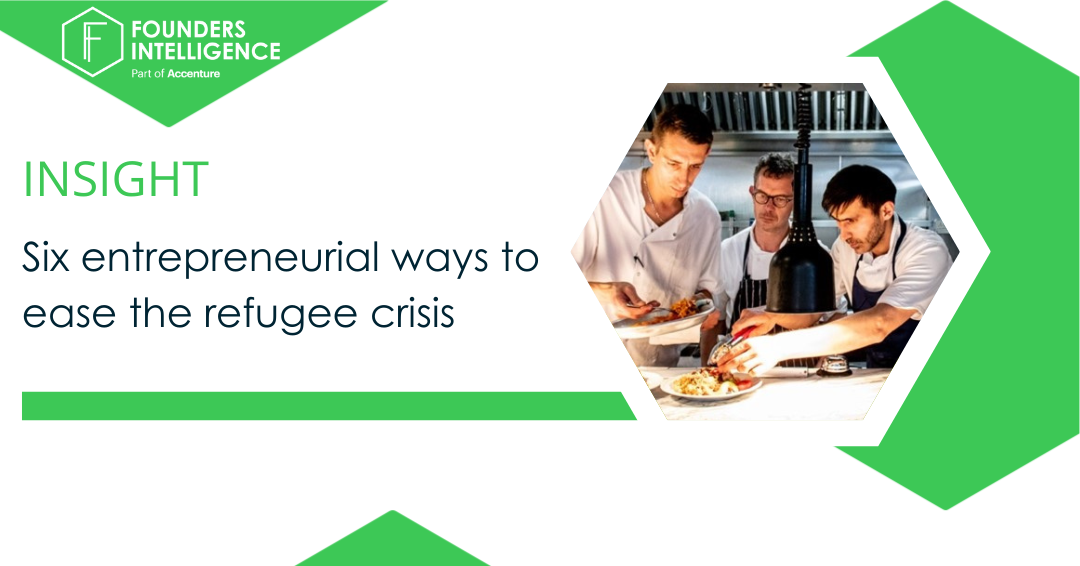A Devilish Virus
Pandemic not seen in over 100 years
The last truly global pandemic was over 100 years ago. Almost nobody who is alive remembers it and the world was a very different place at the time. Most people in individual countries, or even counties within countries, probably did not realise the full severity of it as it unfolded: TV had not yet been invented, most families did not even have a radio, and there were certainly no websites counting the deaths hour by hour.
This time it takes huge effort to avoid a constant wave of death statistics unfolding on every screen, in every news bulletin and in specialised websites. But in a population that has become used to quantifying everything, we have no reliable statistics, mainly because we have not got mass testing capacity yet. We don’t know the actual rate of infection, and so we cannot know the severe illness or death rate for healthy people in various age groups: we cannot reliably assess the risk to ourselves or our families. The vacuum of data creates a major source of worry and stress about the safety of friends, relatives, healthcare staff.
Economic shutdown never applied so suddenly
We have had economic shocks before but none of them were this comprehensive or this sudden. The 2008 crisis was a banking crisis, which led in due course to falling revenues in many businesses. Businesses had to find ways to respond to those falls and for many, that meant a sharp reduction in profitability as they had to cut prices or add value to their products and services, to hold or gain share in a falling market. Some went out of business in due course.
What has happened this time is radically different: Government has forced demand for many products and services to stop dead, in a cliff-edge, here today and gone tomorrow manner. All cafes, restaurants and bars, many types of shops (and their suppliers), many types of transport, most hotels, most arts and tourism offers, hairdressers, beauty salons, dry cleaners, gyms, physiotherapists…sports events, festivals, theatres, cinemas, many charities: all have witnessed a plunge in revenues from normal to -80% and finally -100%. And all this happened in a 3–4 week period.
The helplessness of business leaders in the face of this is another unpleasant novelty. It is no use for a restaurant to cut its prices to win more customers: the customers are not permitted to go to the restaurant. The restaurant is stuck with its fixed costs and no revenue and unless there is a strong balance sheet, it has no future. The retail chain that had just received summer stock is in an even worse position, since it will not be able to liquidate that stock and pay its suppliers. The premier events and festivals that sustain dozens or even hundreds of small businesses or charities — such as Wimbledon and the Edinburgh festival — will not do so this year.
Time Horizon
This would all be alarming enough if we knew that it would end in a week or a month or a quarter. But we have no idea when this will end, neither the lockdown nor what happens thereafter. This is a challenge to everyone’s mental wellbeing and especially those who are less well off and/or who live in cramped housing with no outside space.
The Deputy Chief Medical Officer for England, Jennie Harries, said 10 days ago that it could take 6 months to get back to normal. By the next day, some auditing firms had told companies that if they couldn’t prove a strong enough balance sheet to get through at least 6 months of zero revenue, they could not be declared a going concern. That will surely send some companies into the hands of administrators.
But the DCMO probably didn’t mean that the lockdown would continue in its current form. Wuhan was locked down for less than three months. In the West, a fairly plausible scenario is of the full lockdown being eased for many countries after less than that time, with social distancing (more correctly called spatial distancing) remaining a requirement for longer and/or the likelihood of people being required to wear masks when out and about, as has been the case in many cities in China. An easing or end to lockdown will unleash huge relief and an enormous boost to certain industries and activities.
There may be a need for further lockdowns — but they will probably be less comprehensive; and once we have experienced one lockdown that ended, the mood will change for future lockdowns.
Meanwhile economic commentators talk of this taking many years to resolve. But that is the economics, not the health situation. A vaccine (consensus appears to be 18 months) and antibody testing (available “soon”) will make a huge difference to the health situation and therefore the need for disruption. The economic story is a very different one: it will undoubtedly take many years to get back to where we were, because of the interlinkage of supply and demand chains across different countries. For example, China’s factories are opening and able to produce: but its customers in the West are not buying. Central banks and finance ministers will need to be at the top of their game, and prepared to co-operate as never before, to avoid a long and deep recession.
Corporate Responses
Some companies in some sectors are affected only a little. Motor and home insurance is not affected at all for now, and in fact motor insurance claims are likely to fall this year as there are far fewer trips during lockdown. Utilities are largely unaffected except to the extent of managing cash flow as customers struggle to keep payments up. Food makers supplying supermarkets, and supermarkets themselves are seeing a huge temporary increase in their revenues as all of the calories that were bought in restaurants and take away chains at lunchtime are switched into the home. Makers of aids to home working are also enjoying a mini-boom. Owners of warehouses are doing well as they lease them out to holders of unsold stock.
But many companies are seeing a large fall in their revenues. So their leaders are struggling with an enormous agenda, while personally feeling vulnerable and anxious about their own families. That is not the best mindset in which to make big decisions: but there is no time to lose. They are in many cases moving huge parts of their workforce to home working, with little time for planning or testing, and aware of cyber-risks in doing so. Meanwhile they need to develop and act on scenarios that have got worse with every passing week: and in some industries there is the complication of customer demand returning in e.g. Asia, but supply (in Europe) being cut off. They need to think through how to balance the needs of shareholders, staff and the State, in a way that was never required before.
Even in London, reducing the headcount may mean that those staff won’t get a job again if the predictions of depression come true. So restructuring to get by with fewer staff is not an easy option, and as the press have shown recently, it is not acceptable socially if your staff are low paid to start with.
Most companies have declared that they are putting their staff first — but for how long can they afford to do that, if the staff are literally sitting at home with nothing to do? Surely the staff should be let go, or furloughed, so as not to inflict too much pain on shareholders, many of whom are the guardians of the nation’s pension funds? But if you furlough the staff, you are taking State aid. Should you do that if in fact your balance sheet means that you could afford to pay them, for a while, though at a cost to shareholders? Surely there will be a price to pay for this State support?
Bigger Questions
And this overlaps with the bigger question of how we should think of the role of the private vs the public once this is over. The State will have earned the right to increase taxes and to dictate some conditions. It will be interesting to see how it uses that right and what the public will expect of the State.
Meanwhile it is to be hoped that the challenge of paying care home staff and many NHS staff so little will come to the fore again. Many are literally risking their lives at present because of the lack of PPE. That is unacceptable, and everyone knows it. That problem can probably be reduced in the future by more systematic stockpiling — and since all modern pandemics have been respiratory, the stockpiling of ventilators would also be a useful step. But the underlying issue of paying people very little for working in caring roles that are very valuable in a civilised society does need to be addressed.
This last few weeks has shattered many certainties. Many will reassert themselves in due course but one certainty is that epidemiologists, sociologists and economists will have decades worth of material to sift through after this is over. Here’s to it being over soon.


